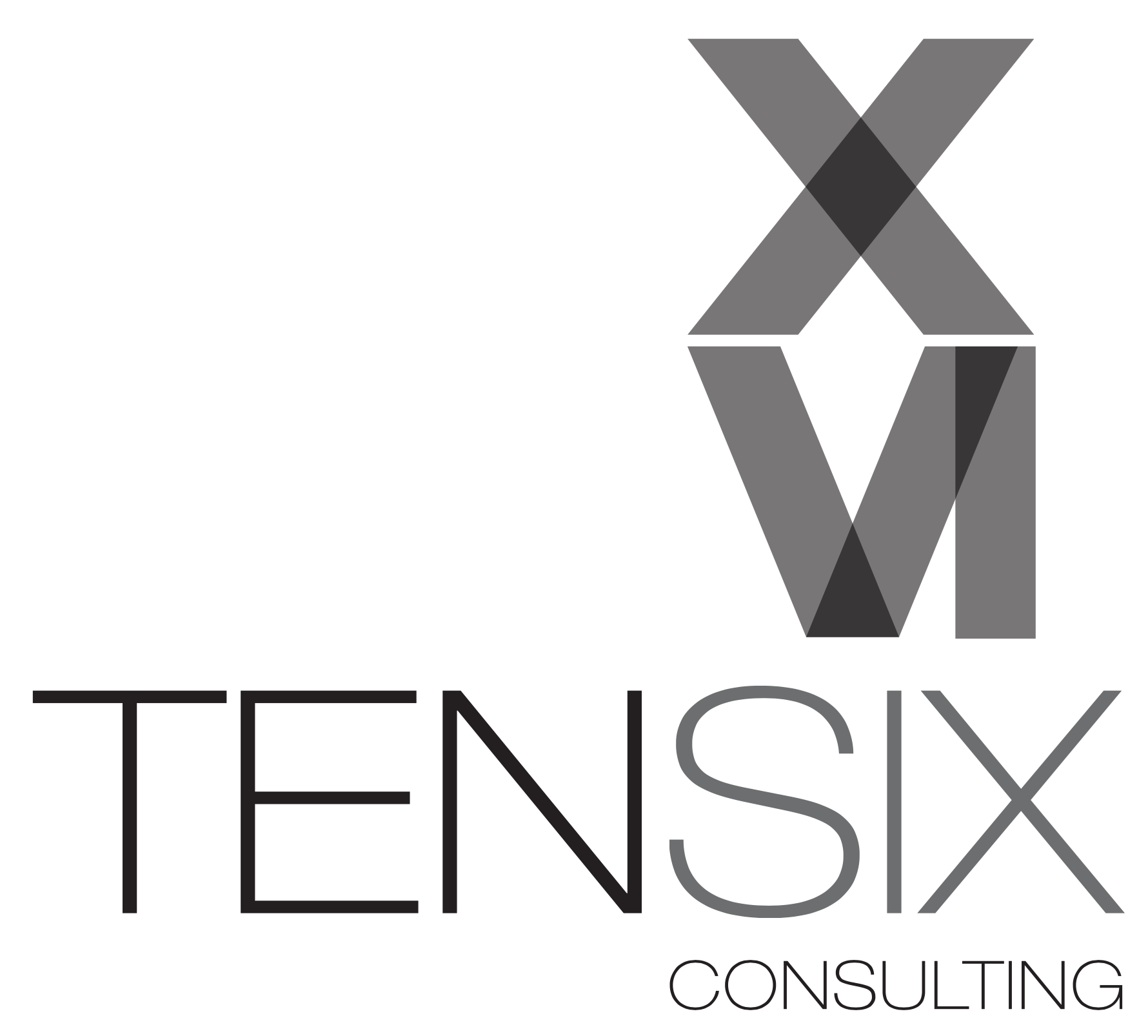 The triple constraints of Project Management is a description of the three most important and opposing constraints that all projects undergo. Typically, you cannot change one of the constraints without affecting either one or both of the other constraints. The three constraints of time, cost, and scope are displayed on the three opposing sides of a triangle below.
The triple constraints of Project Management is a description of the three most important and opposing constraints that all projects undergo. Typically, you cannot change one of the constraints without affecting either one or both of the other constraints. The three constraints of time, cost, and scope are displayed on the three opposing sides of a triangle below.

Notice that in the center is quality. That is because any change to the time, cost, or scope of the project may affect the quality, so quality goes in the center of the triangle as a central theme.
Scope/Quality
Quality can also be specifically associated with the scope, because the scope defines the quality of the project, i.e. the scope defines the quality of the finished product. Therefore, quality can also go on the side of the triangle labeled scope. The resulting constraint triangle diagram looks similar to the one below, where Scope/Quality are on one side of the triangle. We can also keep quality in the triangle center as a central theme. One example of a risk to quality, is scope creep. Scope creep is where additional requirements are added to the project deliverables after the project has begun execution. Scope creep affects both cost and schedule constraints. Maintaining the project quality where there is scope creep typically requires increases in cost and/or schedule.

Cost/Resources
Nearly all projects have a finite budget. Reducing the project cost will most likely affect the project negatively, for example, reducing cost could mean a reduction in scope. Another example is that cost is closely associated with resources. The more resources assigned to a project to shorten the schedule or meet increased scope, the more the cost will increase. Resources applied to the project include labor, equipment, and material. The diagram above, displays the resulting cost side of the triangle that is now labeled Cost/Resource.
Time/Schedule
The Schedule/Time is the only non-recoverable commodity. Restricting the schedule affects either the cost or scope. In order to complete the project sooner the project manager add extra resources. The more resources working on a task equates to a higher cost for task completion. The project manager could also choose to reduce the scope, where some desired features or capabilities are left out or pushed back to a subsequent phase of the project. The driving constraint in this situation is the schedule, which is also displayed in the diagram above as Schedule/Time.
Triple Constraint Monitoring
In the research and development industry your sponsors/program managers often give you a limited budget and a schedule deadline where you have to produce quality research. This does not mean that your sponsors and program managers don’t have expectations for the scope and quality of the work. I once managed a project and team of engineers that were tasked to accurately simulate experimental data describing the structural behavior of electric motors. My team was criticized by the top level manager for being too accurate. Yes, that’s right – too accurate. It seems you just can’t please everyone. It appears this program manager thought we were being too meticulous, by producing results that had a third order of accuracy. So for this program manager monitoring our project using the triple constraint, scope/quality signaled that cost and schedule constraints were not being contained.
Quality Gage
My contention, as the project manager, is that our model considered the physics of the motor necessary to produce results on the same order of magnitude as the experimental data. Our model, however, was quite successful and produced results with a third order of magnitude for accuracy. This, however, produced a negative response from this top level manager, who, apparently, was sensitive to work that was too meticulous, and that would compromise cost and schedule constraints. The scope and quality of the scope were not well defined, but, apparently, the expectation was for a broad stroke of understanding the structural physics of motors. So our accurate quality model was seen as a negative sign on the progress of research in this area. Never-the-less, I still consider my management of this project to be my greatest career achievement to date. The moral of the story is that you should clearly define what the expectation of your program sponsor will be. It appears that in the often nebulous field of research where tasks and results are not well defined, quality was being used as a gauge for cost and time constraints. Too much quality was a red flag to the program manager that time and money resources were being squandered.
Scheduling
Despite my success, I did not properly utilize project scheduling software like Oracle Primavera P6 or Microsoft Project. Granted, research projects are typically not as well defined as projects the construction industry, but there are repeatable or similar tasks for every research project. Had I created a project schedule with clearly defined and linked tasks, I could have used this schedule to inform my manager on work progress showing where the time and money was going. Unfortunately for me, I had no schedule and this manager never came on board. The highly anticipated increase in funding I had hoped for this project never happened. In fact, funding decreased and I had to do my best to keep my team of researchers together for phase two of our work.
Summary
The triple constraint of time, cost, and scope describe the project. Changing one constraint will affect one or both of the other constraints. Quality is affected by all three constraints and is, therefore, a central theme. Quality is also defined by the project scope and is an output of the scope definition. Program managers use the triple constraint to investigate the progress and issues related to their projects. Experience has shown that program managers will use one constraint as a gauge for the condition of the other two constraints. Successful project managers will use scheduling software like Primavera P6 to manage the project.
